“Virtual exchange is unique because it enables students to have a global experience, where they are able to connect with peers in another geography to learn about one another and learn with one another.” – Μοχάμεντ Αμπντέλ-Κάιντερ
Οι εκπαιδευτικοί σε όλο τον κόσμο συνδέουν όλο και περισσότερο τη νεολαία μέσω της τεχνολογίας για να συνεργαστούν και να μάθουν μαζί. Όταν οι μαθητές είναι σε θέση να συνδεθούν και να εργαστούν σε έργα πραγματικού κόσμου με τους διεθνείς συναδέλφους τους, είναι σε θέση να αναπτύξουν δεξιότητες στην αγορά εργασίας, παγκόσμιες αρμοδιότητες, και διαπολιτισμικές συνδέσεις. Mohamed Abdel-Kader is the Executive Director of the Stevens Initiative at the Aspen Institute. The initiative helps educators to connect young people in the US with their peers in other countries by making resources such as toolkits, webinars and data on program development available. Currently the Stevens Initiative has a strong focus on connecting students in the US with their peers in the Middle East and North Africa. Mohamed Abdel-Kader explains the program also aims “to be an advocate to raise the profile of virtual exchange amongst policy makers, educators and administrators, and additional funding sources.”
Η Σφαιρική Αναζήτηση για Εκπαίδευση welcomes Mohamed Abdel-Kader.
“There are several challenges faced in the virtual exchange field. Πρώτα, as many people would guess, navigating time zones and other alignment between courses and curricula.” – Μοχάμεντ Αμπντέλ-Κάιντερ
Mohammed, what makes the virtual exchange approach unique?
Virtual exchange is unique because it enables students to have a global experience where they are able to connect with peers in another geography to learn about one another and learn with one another. The experience is collaborative, sustained, and usually facilitated by educators.
What have been the biggest challenges in developing your program? What lessons have you learned from these challenges?
There are several challenges faced in the virtual exchange field. Πρώτα, as many people would guess, navigating time zones and alignment between courses and curricula. Δεύτερος, as much as technology has advanced, there are still hiccups from time to time that affect implementation. Τρίτος, for some educators whose schools and institutions do not have existing partnerships, finding a partner overseas can be a challenge. Ευτυχώς, many virtual exchange providers in the field can help to remedy that issue such as Soliya, Global Nomads Group, Empatico, and World Learning, μεταξύ άλλων.
We have learned that for primary and secondary educators, virtual exchange has to be “easy to do” – with all of the pressures and responsibilities of a K-12 educator, the “ease of use” of a program is important. We have also learned that educator leadership is critical to the success of a program. Κατά την άποψή μου,, the programs that are most successful are the ones where educators are buying into the idea of global learning and are committed to infusing that perspective into the classroom. Τελικά, those educators need support from school and district leadership as well.
In the post-secondary context, we have seen several exciting models of virtual exchange. Πάλι, we see that successful programs happen when there is a commitment from a faculty member and an institution to implement quality virtual exchange as part of a broader effort towards campus and curriculum internationalization. We also see that quality training for faculty members (on both sides of the virtual exchange) is beneficial to success, and the coordination and planning between the two implementing faculty members are critical.
“The students of today are “digital natives”, meaning they have only known a world with digital connection.” – Μοχάμεντ Αμπντέλ-Κάιντερ
Technology has brought us so much closer together. Cross-cultural understanding is now even more critical. How can tech help educators solve our problems?
Technology in the classroom has allowed educators to be creative in how they use a virtual connection to bring a global perspective into a number of courses – from entrepreneurship, to cross-cultural dialogue, to service learning, to discussions on the Sustainable Development Goals (SDGs), to STEM classrooms. A virtual exchange experience can have students from Ramallah connect with peers in Arizona to collaborate on a project studying water scarcity; refugees in Turkey can connect with peers in Florida to collaboratively design interventions for people in their communities with mobility challenges; and students in Chicago and Casablanca can co-design a virtual exhibit of a recent dinosaur discovery for an online museum. It’s truly incredible to see the speed and ease of collaboration. When I was in middle school (not that long ago), we still had to mail letters and use the telephone to connect with anyone overseas. The students of today are “digital natives”, meaning they have only known a world with digital connection. I have been excited to see how students innovate and find work-arounds to common technology and connectivity issues because they’re familiar with the strengths and weaknesses of each platform. With a global and entrepreneurial mindset that sees the potential and power of technology, I’m excited to see what innovative solutions today’s students will think of. Surely, many of them will be the leaders of tomorrow’s companies and social enterprises.
How do you define globally competent and why do we need this more than ever?
Any student navigating the complexities of the 21st century needs to be globally competent – meaning that they have the mindset, the disposition, and the tools to navigate a rapidly changing and interconnected environment, often filled with ambiguity and diversity. These “global competencies” or “executive skills” position young people with stronger analytical skills with the ability to understand connections between the global and the local as well as digital and media literacy skills. Επιπλέον, the ability to empathize, understand, and communicate (sometimes in another language), and ultimately act locally or globally with that knowledge, will be critical for success.
Global competencies can be integrated into any curriculum because we need the engineer to manage a multi-lingual team more effectively, the business person to have a better understanding of global dynamics, the health-care practitioner to be more conscious of the cultural backgrounds of their patients, and the everyday citizen to be able to act in their communities on issues of importance to their neighbors.
“Any student navigating the complexities of the 21st century needs to be globally competent – meaning that they have the mindset, the disposition, and the tools to navigate a rapidly changing and interconnected environment, often filled with ambiguity and diversity.” – Μοχάμεντ Αμπντέλ-Κάιντερ
How has the changing world inspired your work? How would you describe the commonalities of your approach with the systems you most respect around the world?
Our Initiative is named for Ambassador Christopher Stevens who tragically lost his life in the attack on the US Embassy in Libya. He was a diplomat that was known for representing the best of American values while also maintaining a curiosity, ενσυναίσθηση, and affinity for the communities he served in while overseas. His memory continues to inspire our work with the aim that all young people may approach the world around them with curiosity, ενσυναίσθηση, and a desire to build bridges of understanding between cultures. Young people are currently facing many challenges such as the rise of nationalism and threats to security, climate change and extreme weather, and struggles for economic opportunity and inclusion. Without the necessary mindsets, dispositions, and educational experiences – they will lack the tools to tackle these challenges.
Our team approaches this work with a lens of reaching students who may not have the opportunity to have an international experience. We recognize the inequalities in education and aim to level that playing field by prioritizing our grant-making to programs that serve women and girls, underrepresented groups, students with need in both rural and urban settings, μαθητές με ειδικές ανάγκες, and refugees.
Where do you see the Stevens Initiative 10 ή 15 χρόνια από τώρα?
Σε 10-15 χρόνια, the Stevens Initiative’s work will look different than today. We will be in an environment where virtual exchange is a common and ubiquitous methodology in teaching – that having a global collaboration and global perspective through virtual exchange are just how we teach. I see that our work will shift to support the refinement of virtual exchange practices, continue evaluation of new and exciting models, and integrate it into everyday civic discourse beyond academic settings. Στο μέλλον, I also see the Stevens Initiative working with technology partners and educators to bring the latest virtual exchange tools into classrooms that allow for much more immersive and personal connections. Perhaps we’ll be well beyond video-conferencing and collaborating with holograms of peers in virtual and augmented environments. My personal wish is that in 10-15 χρόνια, the Stevens Initiative will have a role in bringing virtual exchange to all regions of the world, beyond the United States and the Middle East and North Africa.
(Photos courtesy of the Stevens Initiative at the Aspen Institute)
C. M. Rubin and Mohamed Abdel-Kader
Σας ευχαριστούμε για μας 800 συν παγκόσμια συνεισφέροντες, δάσκαλοι, επιχειρηματίες, ερευνητές, οι ηγέτες των επιχειρήσεων, οι μαθητές και οι ηγέτες της σκέψης από κάθε τομέα για την ανταλλαγή προοπτικές σας για το μέλλον της μάθησης με Η Σφαιρική Αναζήτηση για Εκπαίδευση κάθε μήνα.
C. M. Rubin (Cathy) Είναι ο ιδρυτής της CMRubinWorld, μια ηλεκτρονική εκδοτική εταιρεία επικεντρώθηκε στο μέλλον της παγκόσμιας μάθησης και συν-ιδρυτής του πλανήτη στην τάξη. Είναι συγγραφέας τριών βιβλίων best-seller και δύο ευρέως διαβάσει σε απευθείας σύνδεση σειρά. Rubin έλαβε 3 Upton Sinclair βραβεία για το «The Σφαιρική Αναζήτηση για την Παιδεία». Η σειρά που υποστηρίζει για όλους τους μαθητές ξεκίνησε το 2010 και συγκεντρώνει διακεκριμένους ηγέτες σκέψης από όλο τον κόσμο για να διερευνήσει τα βασικά ζητήματα της εκπαίδευσης που αντιμετωπίζουν οι χώρες.
Ακολουθήστε C. M. Rubin στο Twitter: www.twitter.com/@cmrubinworld
Η Παγκόσμια αναζήτηση για την Εκπαίδευση της Κοινότητας Σελίδα


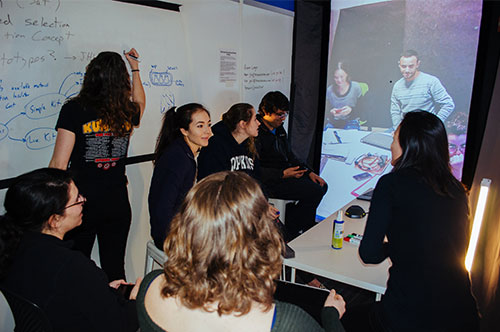
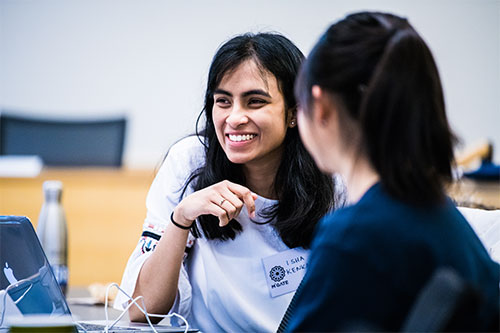
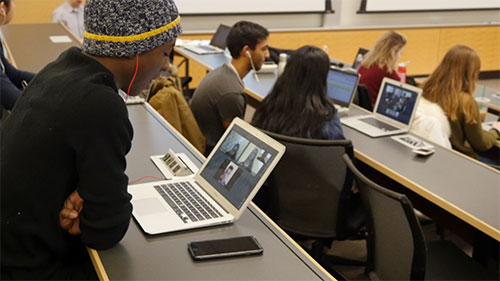
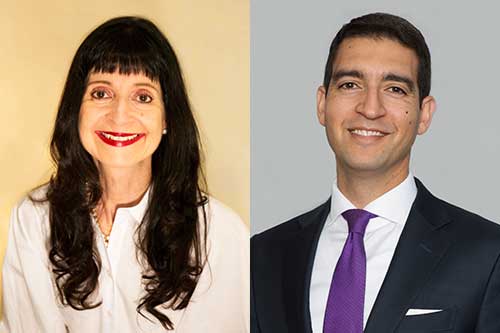
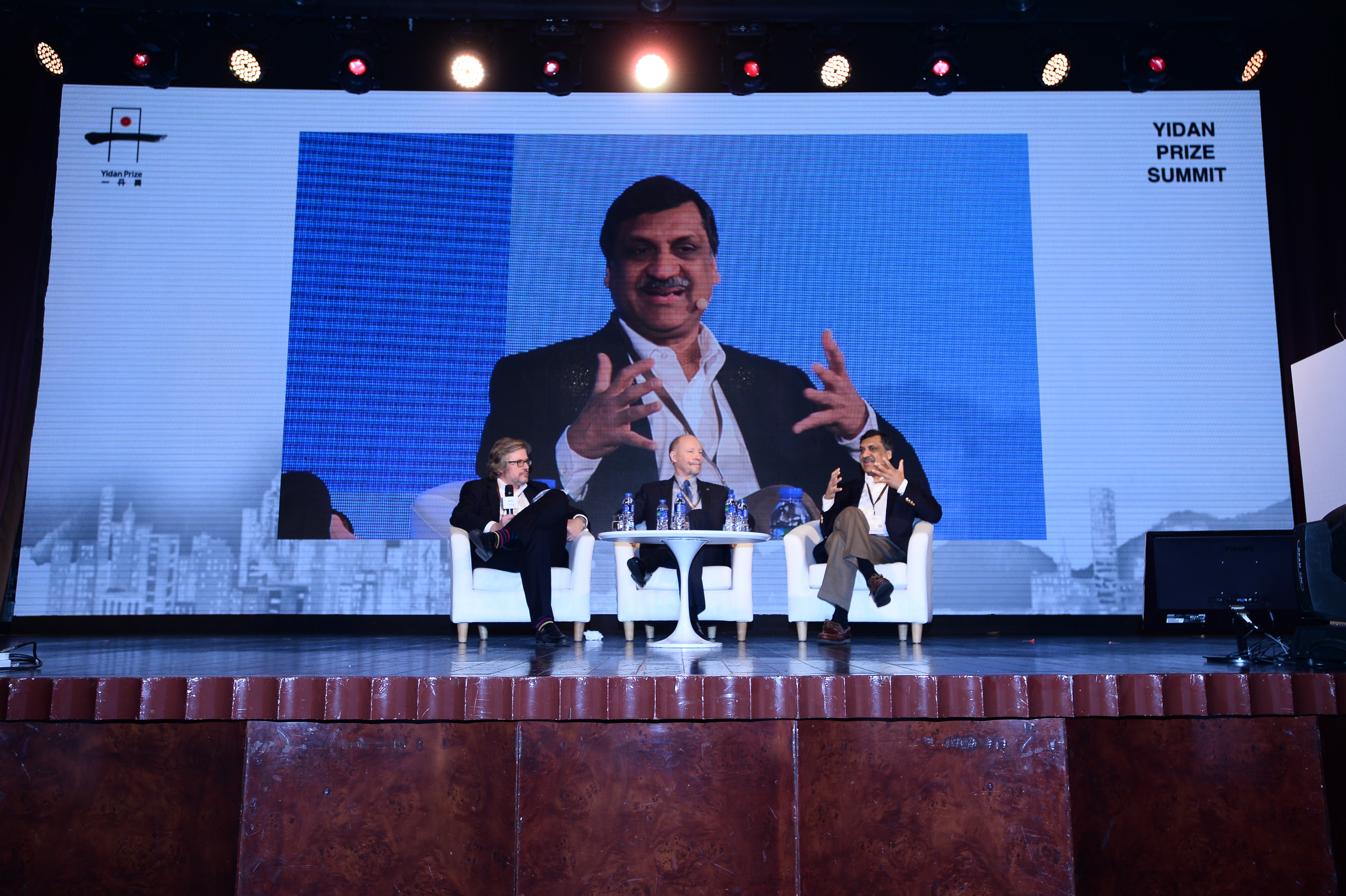
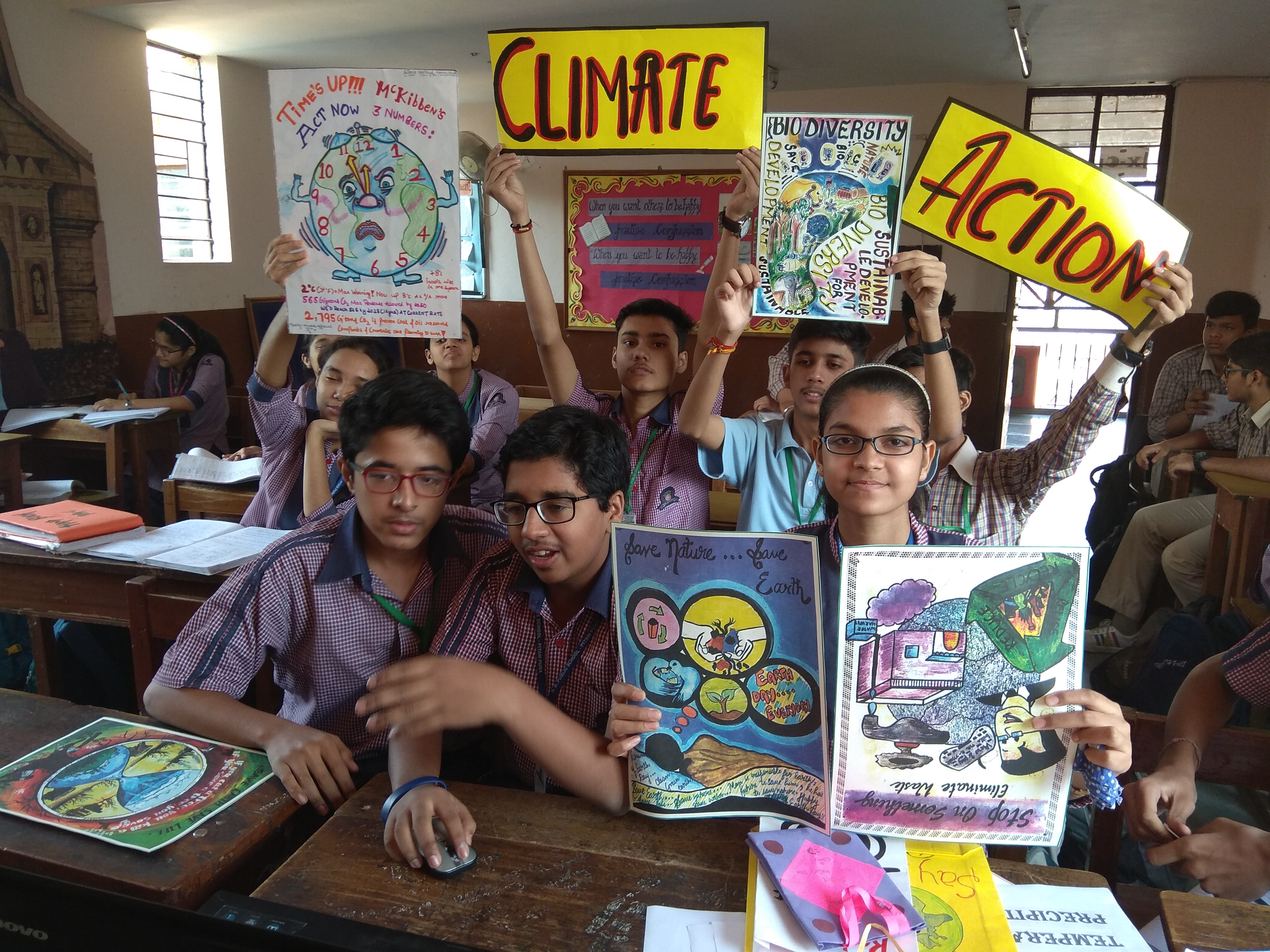
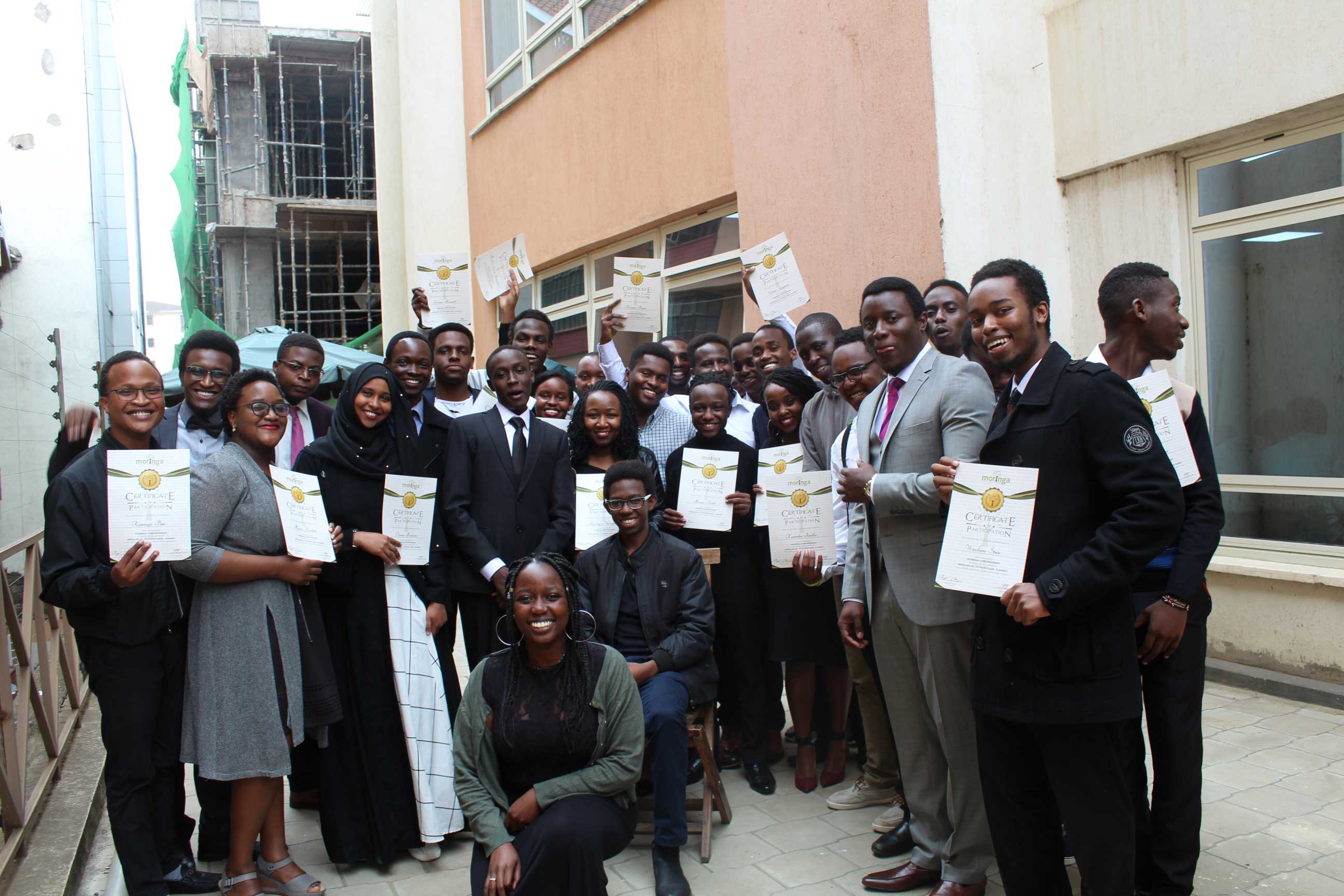

Πρόσφατα σχόλια